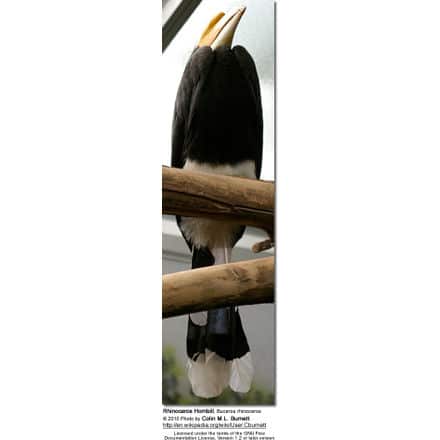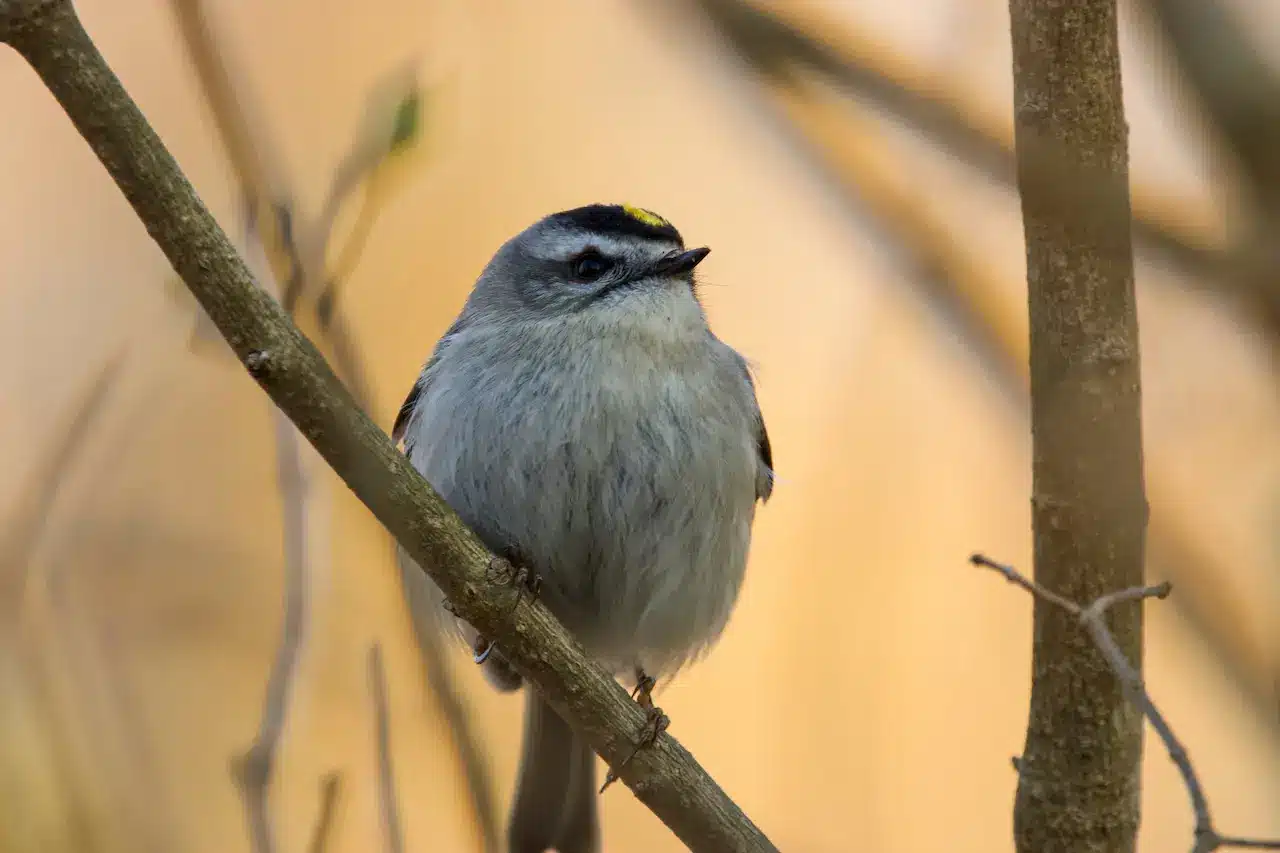Rhinoceros Hornbill
The Rhinoceros Hornbill, Buceros rhinoceros, is the state bird of the Malaysian state of Sarawak. For some Dayak people, the Rhinoceros Hornbill represents their war god, Singalang Burong.
The Rhinoceros Hornbill lives in captivity for up to 35 years.
Distribution
They live in the Malay Peninsula, Singapore, Sumatra, Java, and Borneo, and are only found in only the highest form of rain forest.
Description
The Rhinoceros Hornbill is one of the largest hornbills. Adults are about 110-127 cm (43-50 in) long and weigh 2-3 kg (4.4-6.6 lbs).
Like most other hornbills, the male has orange or red eyes, and the female has whitish eyes.
This bird has a mainly white beak and casque (the tip of the casque curves upward strikingly), but there are orange places here and there. It has white underparts, especially to the tail.

Breeding
The courtship and bonding of these birds are critical, as the female must trust the male to provide her with everything when she is incubating and raising chicks.
These Hornbills lay their eggs inside tree trunks, the females stay inside with the eggs, while the male will bring her and the young food. After the eggs are laid the male collects mud, and the male and female pack that mud, food, and feces to ‘mud-up’ the tree cavity entrance. This creates a very small hole, only large enough for the male to feed the female (and later chicks) and for the female to defecate out the hole.
Once the babies are old enough (fully feathered)to leave the nest the female and male chip away the dry mud so the babies can get out.
Diet / Feeding
The rhinoceros hornbill eats fruit, insects, small reptiles, rodents and smaller birds.
References
- BirdLife International (2004). Buceros rhinoceros. 2006. IUCN Red List of Threatened Species. International Union for Conservation of Nature (IUCN) 2006. Retrieved on 11 May 2006. Database entry includes a brief justification of why this species is near threatened
- Perrins, Christopher (ed.) (2003). Firefly Encyclopedia of Birds. Firefly Books. ISBN 1-55297-777-3.
External links
https://www.freesound.org Downloadable Audio file of the sounds of the Rhinoceros Hornbill
Hornbill Information … Hornbill Index of Species … Hornbill Species Photo Gallery



